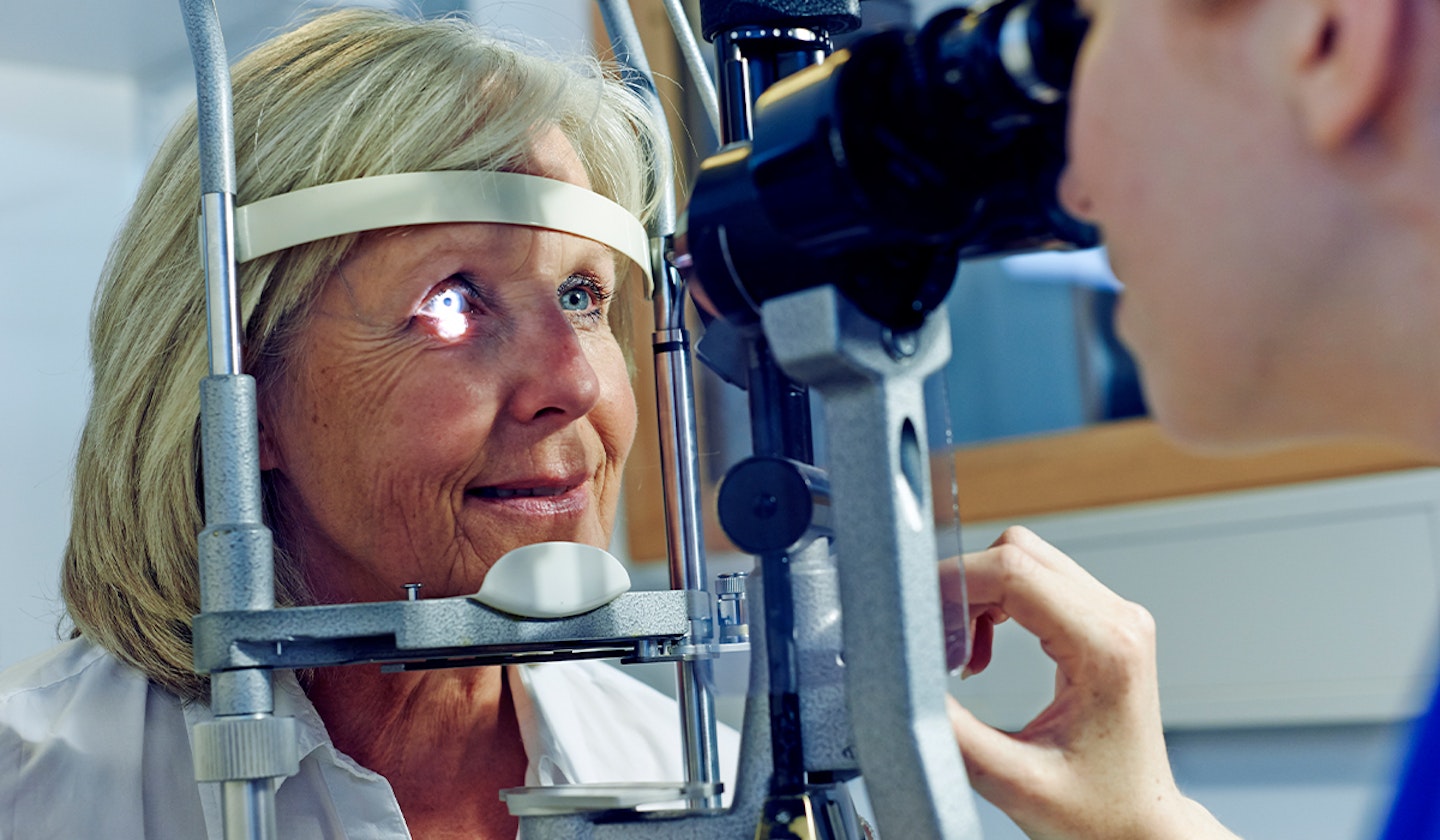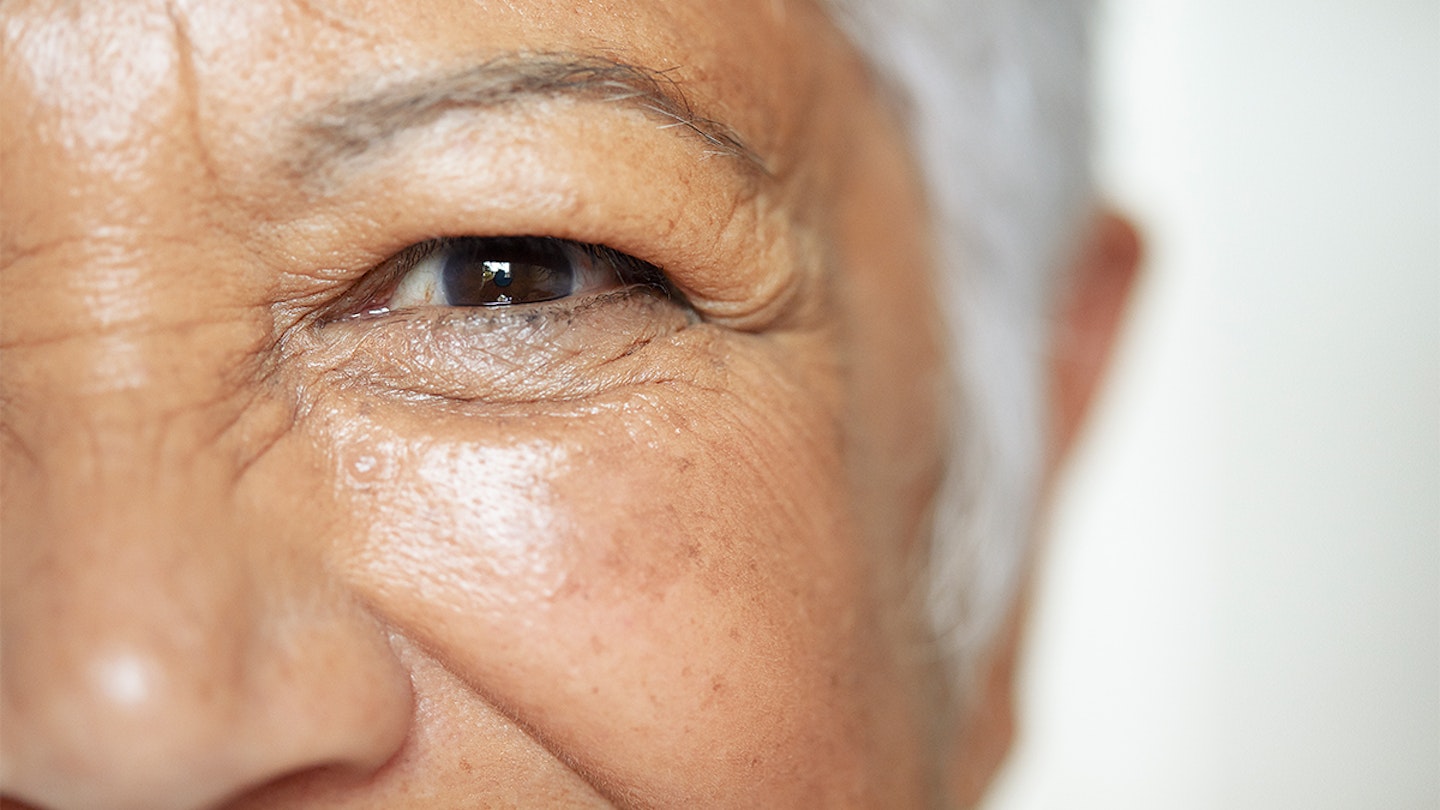While you're probably familiar with the benefits of yoga for the body, eye yoga exercise may be one you're not so familiar with.
At 81 years old, one man who puts his good eyesight down to eye yoga exercises is Sir Paul McCartney. Talking about eye yoga on a podcast, he shared that he regularly does eye yoga to keep his vision in tact. "Your eyes are muscles whereas your ears aren’t, so you can’t exercise your ears. But your eyes, you can," explained Paul.
Eye yoga is surprisingly simple to do, and just like your pelvic floor exercises, it can be done in just a few minutes each day wherever you happen to be.
Whether you're keen to improve your eyesight or want to keep your currently perfect eyesight intact, we've put together a guide on everything you need to know about eye yoga, the benefits plus a simple eye yoga routine you can try at home, with expert-led advice.
What is eye yoga?
According to Dr Elizabeth Hawkes, Consultant Ophthalmic and Oculoplastic Surgeon, the eyes are a very complex organ in our bodies and the muscles in our eyes are very important, all controlled by the nervous system and brain which over time, can deteriorate.
"This process is called accommodation and as we age, we lose this ability and therefore require reading glasses to focus on objects close up. Medical professionals don’t tend to prescribe eye exercises unless it's for a medical condition called ‘convergence insufficiency’ which causes headaches and double vision when focusing on an object close up. This is due to extraocular muscle weakness and eyelid exercises will help. It's vital to be seen by an orthoptist who will demonstrate these exercises and oversee the condition."
Eye yoga is all about strengthening these important eye muscles to hopefully slow this deterioration over time.
What are the benefits of eye yoga?
Jess Parkinson, breath-work instructor, yoga teacher and Gymshark Fitness Pro says there are an array of benefits when it comes to eye yoga.
“Physically, eye yoga of course targets the eyes themselves by taking the eyes through movements they might not get exposed to all the time. Doing these movements can help reduce symptoms of eye strain, improve dry eyes, relieve headaches and relax the eyes. Mentally, because eye yoga is based in yogic techniques too, the movements, breath-work and meditation aspects can help balance and calm the nervous system, relieve stress, improve focus and aid feelings of well-being.”
How does eye yoga work?

As explained by Consultant Ophthalmic and Oculoplastic Surgeon Dr Elizabeth Hawkes below, there are many muscles inside the eye which are vital to our vision.
"The muscles on the outside of the eyeball are called extraocular muscles - we have six - and there are also muscles inside the eye which cause contraction of the natural lens and allow us to focus on objects close up. This process is called accommodation and as we age we lose this ability and therefore require reading glasses to focus on objects close up. A surge in screen time during lockdown saw people in the UK spend 40% of their day watching TV and online video services, according to an Ofcom study of the nation’s media habits.
"There’s no doubt that this increase in screen time during lockdown has played a huge part in the increase in dry and weeping eyes," explains Miss Elizabeth Hawkes. "Blinking is important because it helps to spread hydrating substances like tears and mucus across your eyes. If you’re blinking less, the tears have more time to evaporate which results in red and dry eyes.
"The brightness of the monitor reflecting onto your eyes can also contribute to dry eyes. It’s important to take regular screen breaks in order to try and reduce this," suggests Dr Elizabeth Hawkes. "Some people also find that using a humidifier helps to stop the air getting dry and makes eyes less dry, as does removing your contact lenses and wearing glasses. I’ve seen a huge increase in people reporting problems with their eyes as a result of the lockdown. It’s important not to underestimate the impact our eyes have on our physical and mental health and therefore the need to seek help to rectify eye problems as soon as possible."
How to do eye yoga
Here are five simple eye yoga exercises you can try at home.
Palming
With clean hands, rub the palms of your hands together for 15 seconds to warm them and then gently place them over your eyes. Take deep breaths and relax for a few minutes, repeating as necessary. This almost sets the scene for eye yoga. Relaxation is of course a very important part of mental health and whilst this won't have a big impact on eye strengthening it will help destress.
Blinking
This exercise is particularly beneficial for those suffering from Dry Eye Disease. The tears created when blinking will lubricate the eyes, sweeping your tears across the cornea which then helps to nourish the eye and provide clarity of vision. To do this exercise, open your eyes and then rapidly blink ten times. Rest with your eyes closed for around 20 seconds and then repeat another five times.
Zooming
This is particularly important for those who work on screens for the majority of their day. Look at an object in the distance and try to focus on it as clearly as you can. Then, very slowly, shift your gaze to an object that is very close up. This will cause the pupils in your eyes to constrict. Try to take deep breaths as you are doing this.’
Figure of 8
This is great to stimulate the extraocular muscles which are responsible for moving the eyes. Focus on an object or point on the floor about 3 metres away and trace a figure of 8 with your eyes.
Eye-rolling
Another great exercise for strengthening the eye muscles is eye-rolling. This one works by keeping your head still, focusing your gaze at the ceiling then slowly rotating in a clockwise direction, gently focusing on objects in your periphery. Repeat in an anticlockwise direction, and repeat around three times for each direction.
Does eye yoga work?
While the research is limited around the scientific benefits of eye yoga, there's no harm in trying the exercises and it can help maintain your eye strength. However, it's good to note that eye yoga is not a cure-all solution for eye problems, as many eye conditions require specialist treatment. We'd still recommend regularly having checkups with your optician and wearing polarised sunglasses to protect your eyes.
"Whilst there is no robust evidence to support eye yoga to delay sight conditions and improve eye health, in theory strengthening our eye muscles of accommodation by focusing on an object in the distance and then an object up close is a very good idea." Explains Dr Elizabeth Hawkes. "Strength is important for every muscle in the body and taking a holistic approach to health is a good complement to conventional medicine."
Lorna White is a Senior Digital Writer at Yours.co.uk. She was previously a writer at Yours Magazine writing features and news stories before joining the digital team. Lorna loves the great British countryside and likes to spend her spare time out and about in her home of Nottinghamshire walking her dog, Pippin.
About the experts
Jess Parkinson is a breath-work instructor, yoga teacher and Gymshark Fitness Pro. She works with individuals and groups to help optimise their well-being through functional breathing and has trained in and teach hatha, vinyasa flow, yin and pre and post-natal yoga.
Elizabeth D Hawkes MBBS, BSc, FRCOphth, is a Consultant Ophthalmic Surgeon, Oculoplastic Surgeon & Aesthetic Practitioner specialising in blepharoplasty, eye surgery & advanced facial aesthetics.
